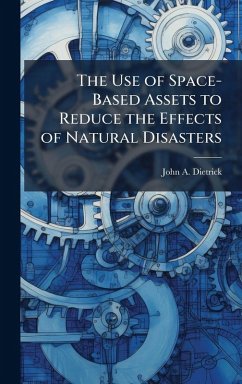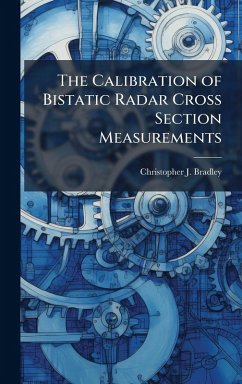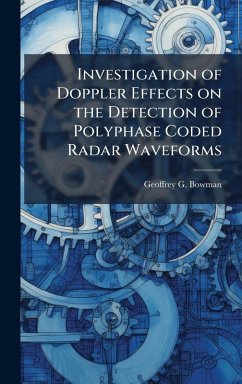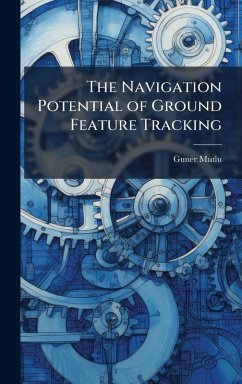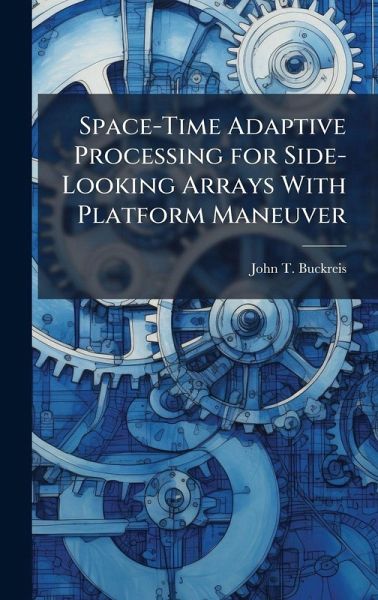
Space-Time Adaptive Processing for Side-Looking Arrays With Platform Maneuver
Versandkostenfrei!
Versandfertig in über 4 Wochen
28,99 €
inkl. MwSt.
Weitere Ausgaben:

PAYBACK Punkte
14 °P sammeln!
This research develops a space-time adaptive processing (STAP) radar model for side-looking (SL) arrays with platform maneuver incorporation, and examines maneuver effects on Matched Filter (MF) performance and sample support homogeneity for linear and planar arrays at various ranges. A primary assumption of most STAP models is the absence of platform maneuver during the coherent processing interval (CPI). This research abandons the platform stationarity assumption, allowing plat- form pitch, roll, and yaw during the CPI. Maneuver rates (set to 800 /sec) are held constant throughout the CPI an...
This research develops a space-time adaptive processing (STAP) radar model for side-looking (SL) arrays with platform maneuver incorporation, and examines maneuver effects on Matched Filter (MF) performance and sample support homogeneity for linear and planar arrays at various ranges. A primary assumption of most STAP models is the absence of platform maneuver during the coherent processing interval (CPI). This research abandons the platform stationarity assumption, allowing plat- form pitch, roll, and yaw during the CPI. Maneuver rates (set to 800 /sec) are held constant throughout the CPI and each maneuver type is examined individually. All maneuver effects have a negative impact on both MF performance and sam- ple support homogeneity. The introduction of pitch marginally impacts MF Signal- to-Interface-plus-Noise-Ratio (SINR) due to the lack of achieved azimuth resolution in this research, but decreases available homogenous sample support 24% at 11 km and 20% at 66 km. Roll impact on MF performance is observed only in the planar array, with MF SINR dropping 4 dB but sample support homogeneity is unaffected. Yaw effects are the by far the most devastating, dropping output SINR 15 dB at 11 km and 66 km, and decreasing available homogeneous sample support 34% at 11 km and 18% at 66 km. This work has been selected by scholars as being culturally important, and is part of the knowledge base of civilization as we know it. This work was reproduced from the original artifact, and remains as true to the original work as possible. Therefore, you will see the original copyright references, library stamps (as most of these works have been housed in our most important libraries around the world), and other notations in the work. This work is in the public domain in the United States of America, and possibly other nations. Within the United States, you may freely copy and distribute this work, as no entity (individual or corporate) has a copyright on the body of the work. As a reproduction of a historical artifact, this work may contain missing or blurred pages, poor pictures, errant marks, etc. Scholars believe, and we concur, that this work is important enough to be preserved, reproduced, and made generally available to the public. We appreciate your support of the preservation process, and thank you for being an important part of keeping this knowledge alive and relevant.




